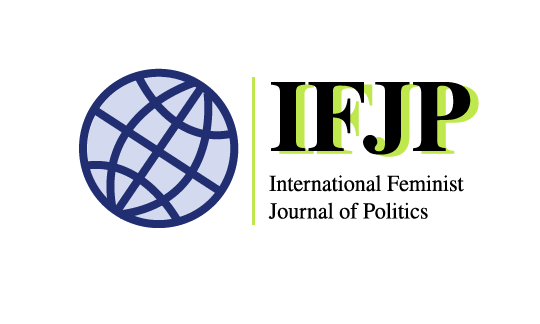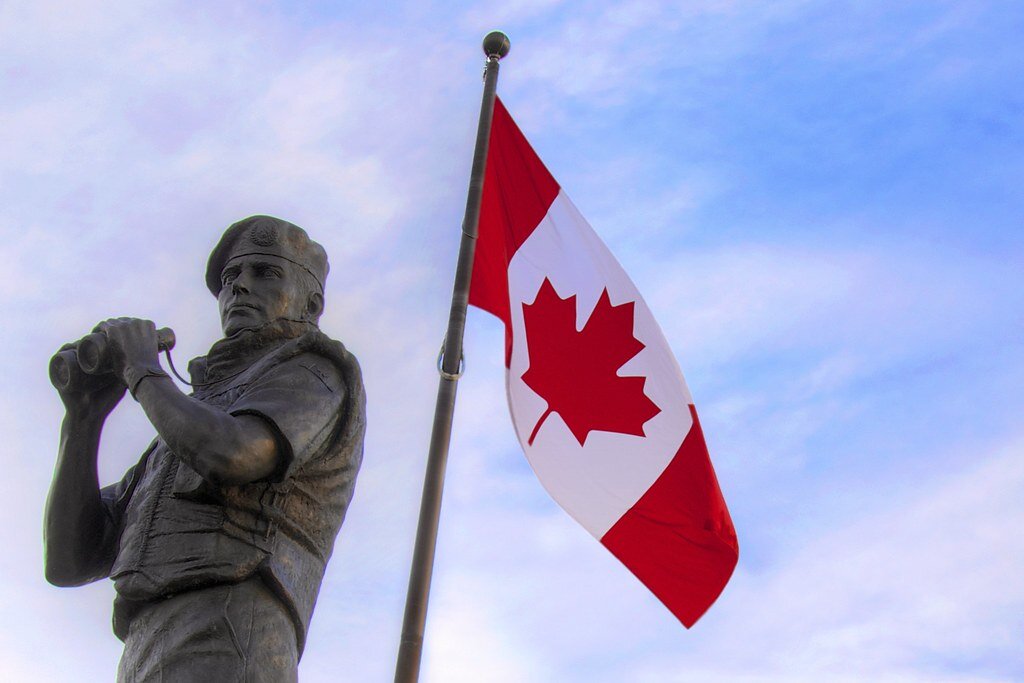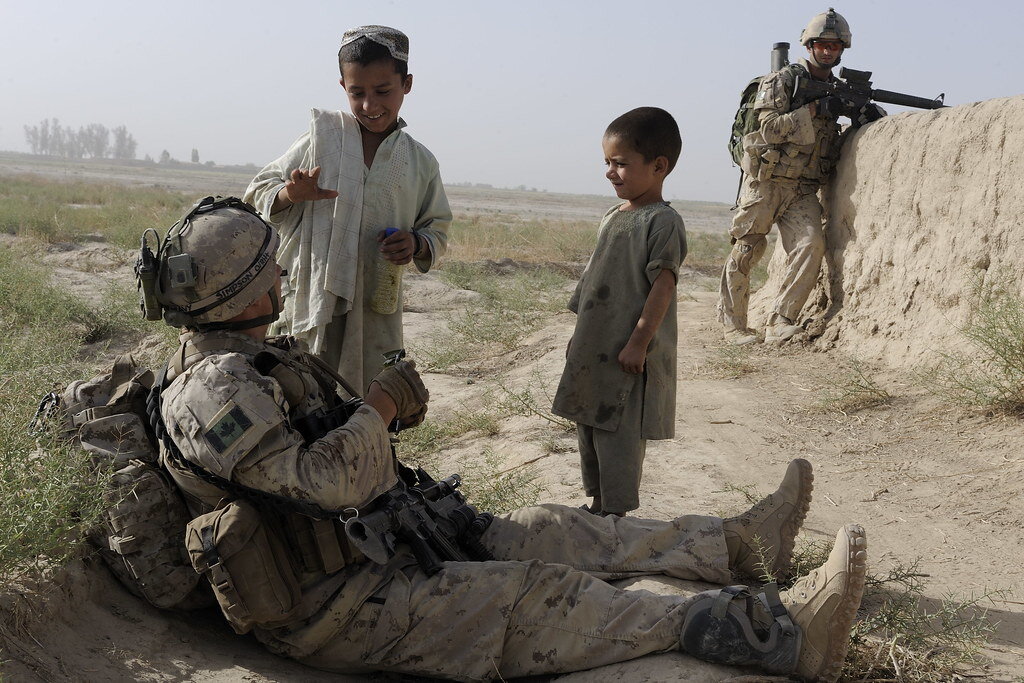Who Are We Helping? Militarized Masculinities, Imperialist Politics and the War in Afghanistan
By: Nicole Wegner
2019 winner of Cynthia Enloe Award
Nearly 20 years ago, the United States ordered an invasion of Afghanistan. The Global War on Terror, now often referred to as the “forever war” has occupied many academic’s attention, despite falling out of the media and public spheres. Questions about how such a bloody and poorly planned intervention carried on for as long as it did abound. However, this was not simply an American war. It required the support and ongoing troop contributions of 47 other nations. In my recently published IFJP article, I consider how Canada justified participation in this combat-intensive international mission, particularly when Canadians have a historical penchant for the notion of “international peacekeeping”—a beloved national mythology. In the piece, I argue that official, gendered representations of the military in Afghanistan helped to justify the war by promoting familiar and well-loved gender tropes that sanitized through symbolism Canada’s participation.
I map the promotion of a nuanced militarized masculine ideal type—the Canadian “helpful hero”—to demonstrate how this gender trope functioned to legitimize Canada’s 2001-2014 military contributions to the War in Afghanistan.
"Reconciliation: The Peacekeeping Monument" by Jamie McCaffrey is licensed under CC BY-NC 2.0
Official representations of the Canadian Armed Forces (CAF) cast military activities in the Afghanistan War as helpful and therefore politically desirable. While the trope of the “helpful” masculine militarized intervenor is not new to the Canadian context, it was nuanced in its aesthetic and narrative (re)presentations of soldiers, an example of the ways that militarized masculinities do not exist in some universal form, but rather evolve to sustain particular political interests. The representation of Canadian soldiers as helpful heroes, for example, occurred at a specific historical global juncture: Defence elites were under political pressure to contribute to the Global War on Terror, yet the military tasks in Afghanistan contrasted a national mythology that the CAF were neutral, “demilitarized” peacekeepers.
In my analysis of visual and textual materials released as “official” documents about the Canadian Forces in Afghanistan, I map how this discourse signaled the warrior capacity of CAF personnel through a combat aesthetic while simultaneously gesturing that the Forces served a helpful purpose—reminiscent of global colonial justifications of military occupation. Explicitly not wearing the blue berets of peacekeepers but wearing desert camo and carrying automatic rifles my analysis shows that official representations cast the CAF as helpful while distinctly possessing lethal ability.
"Chatting with Children" by ResoluteSupportMedia is licensed under CC BY 2.0
Attention to gender through an analysis of the helpful hero trope shows how this contemporary militarized masculine trope was used to smooth over the “imperial contradiction” of Canada—a country with a mythologized ‘peaceful’ self-identity --participating in a decade-long, combat-intensive military intervention. The representation of Canadian soldiers as ‘helpful heroes’ positioned the mission as uni-dimensionally helpful and therefore morally desirable. While much of the discourse signaled that the recipients of this help were feminized Afghan citizens, my article destabilizes this assumption by highlighting how Canada’s role in the Afghanistan War was also extremely beneficial to the United States in the Global War on Terror.
Helpfulness has long been symbolically connected to feel-good sentiments about Canadian foreign policy imagined as peaceful, orderly, and tolerant. While the sentiment of helping others may seem benign, or even morally laudable, it is questionable whether or not the Canadian military’s presence in overseas combat activities, largely acting to support the Global War on Terror, was in fact helpful. Put differently, who was the Canadian military helping? Canada’s presence in Afghanistan was extremely helpful to the military projects of the United States, particularly between 2003 and 2011 when the US Armed Forces were also conducting counter insurgency efforts in Iraq. American troops required allied support to fight a multi-front, multi-country war. The presence of allied nations in Afghanistan permitted ongoing, broader US military operations to function through troop and equipment support on the “Afghanistan front”.
The representation of CAF personnel as helpful heroes not only obscures violence that occurred in Afghanistan during the Global War on Terror but also functions to distract Canadian audiences from the use of militarized security forces in domestic colonial projects. The official representations of the military (and by extension, the nation) as uni-dimensionally helpful perpetuates an ignorance of past and present imperial politics including the not-so-peaceful settlement of Canada’s domestic “frontier” and treatment of Indigenous peoples. While the focus of my article is on how this representation of idealized military masculinity has obscured Canadian complicity in the Global War on Terror, it is worth noting this militarized masculine trope, and the emphasis on orderliness, also functions to obscure other martial politics within the Canadian state.
Read the full article here: “Helpful heroes and the political utility of militarized masculinities“
Nicole Wegner (She/her/hers), a postdoctoral researcher in Gender and War at the University of Sydney and a member of the Centre for International Security Studies (CISS), Sydney. She writes on cultural practices that sustain militarism and theorizes feminist, anti-war interventions. She is interested in peacetime activities that reproduce war's assumed necessity and the social and political forces that condone these activities.
Each blog post gives the views of the individual author(s) based on their published IFJP article. All posts published on ifjpglobal.org remain the intellectual property and copyright of the author or authors.




